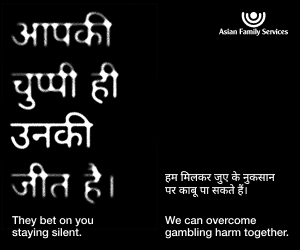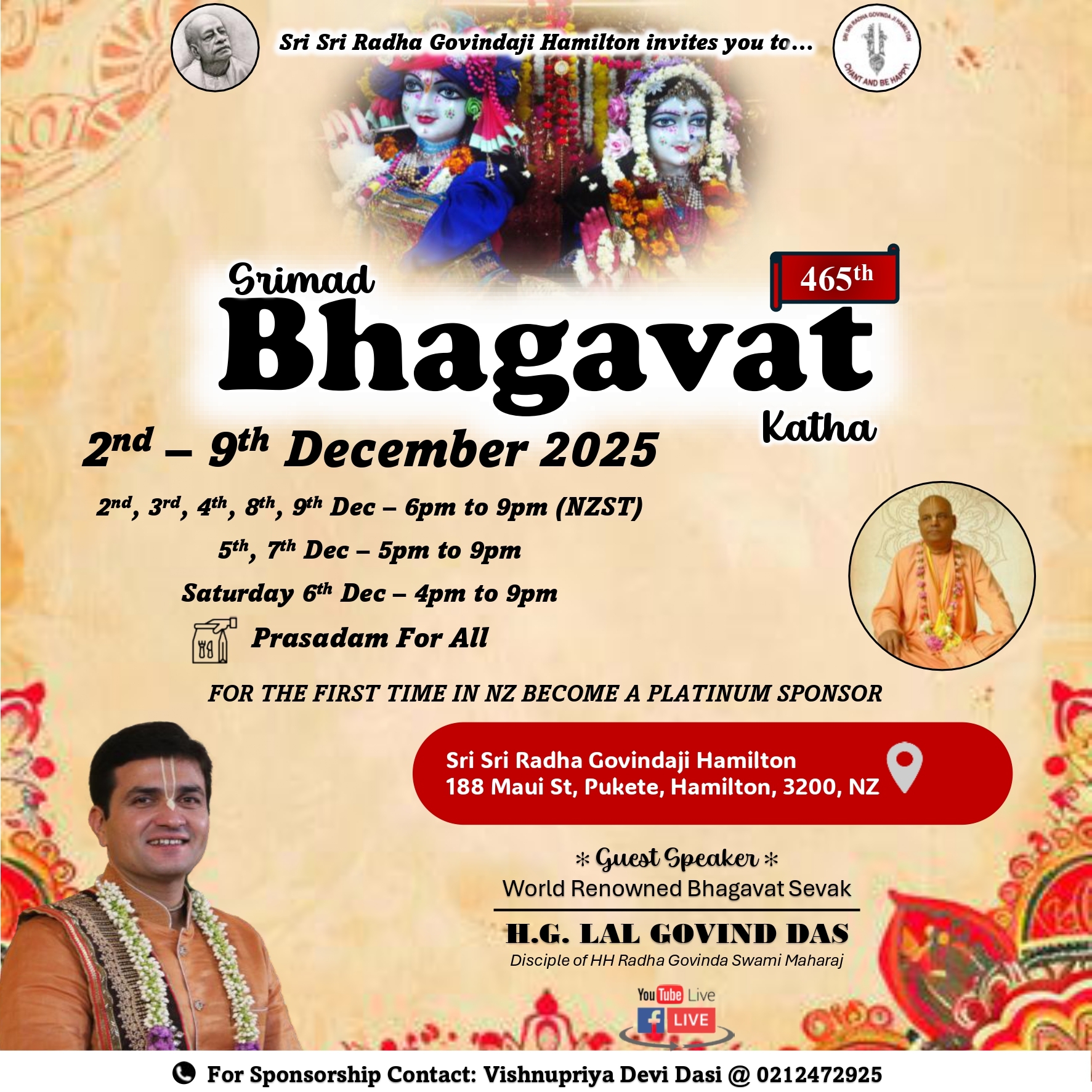Bilingual and Multicultural

New Zealand has a bilingual language policy. It means all official communications should be in English and Maori. This is most reflected in governmental communication – through notices, application forms, public announcements, monument plaques, art and the likes. But how many Kiwis actually follow the language and speak it fluently? Only a hand-full, at the most.
If the New Zealand government has a policy to offer a bilingual curriculum to school-goers, how come so many New Zealanders don’t know the language? It is because learning the language is optional. In early primary school, children are taught a few Maori words. But very soon it is replaced by Mandarin.
As the same policy-makers claim, Mandarin is the future business language of New Zealand. The primary reason being that the Kiwi-Chinese comprises one of the large ethnic communities in New Zealand, and they have ownership of a commendable share of the country’s economy. No surprises if the business language in the near future changes to Mandarin. Ironically, the community is still considered an ethnic minority, in spite of their economic dominance – standing a few heads taller than the rest with their investments in this island nation.
The segregation of ethnic communities is also felt at public schools, where they have a separate class for students who want their medium of instruction to be in Maori language. These students study, play and participate in social activities that do not include the other classes. They grow up in segregation. I daresay, sometimes they are even discriminated against by their peers, because they look and talk in a certain way.
My question is: if New Zealand is bilingual, why is Maori language not taught hand in hand with English language? To an immigrant, the Maori community is also perhaps an ethnic community, in spite of living on this land much longer than the European New Zealanders.
Interestingly, according to the 2013 census, there are approximately 600,000 Maori identified in New Zealand, making up approximately 15 percent of the country’s population. They comprise the second-largest ethnic group, after European New Zealanders.
Of all the immigrants who have inhabited New Zealand for almost two generations or more, how many actually understand the Treaty of Waitangi?How many of us know the significance of Anzac Day? Again, only a hand-full.
This is mainly because there isn’t much awareness shared with immigrant communities about the second largest ethnic community. In spite of the Treaty of Waitangi, New Zealanders in general do not know equally about the two top-most ethnic communities of the land. This is partly why the Maori people will never become part of the mainstream community. Is this another fall-out of ethnic segregation in a multicultural country?
If the so-called mainstream community was open to integration of cultural values across all communities, perhaps they could have learnt a lesson or two from a multilingual nation like India. Every state in India makes it compulsory for its inhabitants to learn and use the state language, along with the official language (English) and sometimes even the national language (Hindi). As such, almost every Indian grows up speaking all three languages, right from their childhood.And that is the true essence of being multicultural.
New Zealand has a bilingual language policy. It means all official communications should be in English and Maori. This is most reflected in governmental communication – through notices, application forms, public announcements, monument plaques, art and the likes. But how many Kiwis actually follow...
New Zealand has a bilingual language policy. It means all official communications should be in English and Maori. This is most reflected in governmental communication – through notices, application forms, public announcements, monument plaques, art and the likes. But how many Kiwis actually follow the language and speak it fluently? Only a hand-full, at the most.
If the New Zealand government has a policy to offer a bilingual curriculum to school-goers, how come so many New Zealanders don’t know the language? It is because learning the language is optional. In early primary school, children are taught a few Maori words. But very soon it is replaced by Mandarin.
As the same policy-makers claim, Mandarin is the future business language of New Zealand. The primary reason being that the Kiwi-Chinese comprises one of the large ethnic communities in New Zealand, and they have ownership of a commendable share of the country’s economy. No surprises if the business language in the near future changes to Mandarin. Ironically, the community is still considered an ethnic minority, in spite of their economic dominance – standing a few heads taller than the rest with their investments in this island nation.
The segregation of ethnic communities is also felt at public schools, where they have a separate class for students who want their medium of instruction to be in Maori language. These students study, play and participate in social activities that do not include the other classes. They grow up in segregation. I daresay, sometimes they are even discriminated against by their peers, because they look and talk in a certain way.
My question is: if New Zealand is bilingual, why is Maori language not taught hand in hand with English language? To an immigrant, the Maori community is also perhaps an ethnic community, in spite of living on this land much longer than the European New Zealanders.
Interestingly, according to the 2013 census, there are approximately 600,000 Maori identified in New Zealand, making up approximately 15 percent of the country’s population. They comprise the second-largest ethnic group, after European New Zealanders.
Of all the immigrants who have inhabited New Zealand for almost two generations or more, how many actually understand the Treaty of Waitangi?How many of us know the significance of Anzac Day? Again, only a hand-full.
This is mainly because there isn’t much awareness shared with immigrant communities about the second largest ethnic community. In spite of the Treaty of Waitangi, New Zealanders in general do not know equally about the two top-most ethnic communities of the land. This is partly why the Maori people will never become part of the mainstream community. Is this another fall-out of ethnic segregation in a multicultural country?
If the so-called mainstream community was open to integration of cultural values across all communities, perhaps they could have learnt a lesson or two from a multilingual nation like India. Every state in India makes it compulsory for its inhabitants to learn and use the state language, along with the official language (English) and sometimes even the national language (Hindi). As such, almost every Indian grows up speaking all three languages, right from their childhood.And that is the true essence of being multicultural.









Leave a Comment